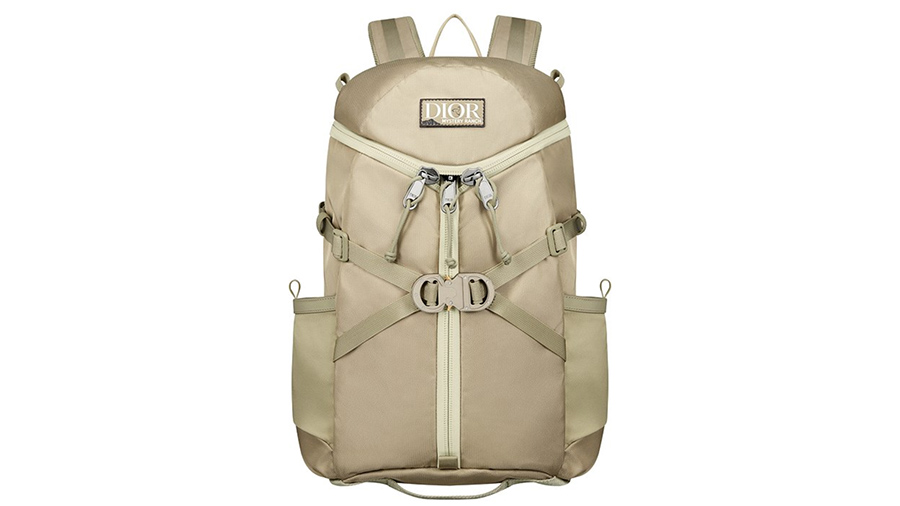The $8.8 billion handbag market in the U.S. faces a generational dilemma—younger women are less likely than the older demographic to buy and carry a handbag.
More than 60 percent of women ages 35 and older reported that they always carry a handbag, other than work or school, compared to 39 percent of women ages 18-to-34, according to a survey from Circana (formerly IRI and The NPD Group).
Through Circana’s Checkout, a receipt-based tracking service, consumers between the ages of 18-and-34 purchased fewer handbags than older women. Among younger consumers, unit sales declined by 2 percent in the 12 months ending April 2023 versus the prior year, whereas units grew by 7 percent among older women. Consumers age 35 years and older also offset some of the industry’s year-over-year sales revenue losses.
Although 18- to 34-year-olds accounted for a decline in the overall handbag market over the past year, sales in totes and shoppers were up 11 percent—fanny, waist and chest packs increased 56 percent, and lifestyle backpacks rose 7 percent. Small crossbody bags were the most frequently carried style, and women were more likely than older women to carry a backpack, according to Circana’s Omnibus survey results.
“Brands and retailers can narrow this generational gap by tailoring their products and marketing messages to the lifestyles of younger consumers,” said Beth Goldstein, footwear and accessories analyst at Circana. “Millennials and Gen Z are seeking both function and fashion as they embark on their daily activities, special events and travel, so they are looking for products that provide ease and convenience. Versatile, hands-free options, including backpacks and fanny packs, have proven to be very desirable.”
In terms of where consumers tend to shop for handbags, the Checkout data found that direct-to-consumer (DTC) and specialty retailers were an important resource to younger consumers with manufacturer-owned stores and apparel specialty and other specialty retailers accounting for a larger market share for the 18- to 34-year-old female demographic, compared to older consumers.
“While department stores and major e-commerce players remain the top channels for handbag purchases overall, younger consumers are gravitating to specialty stores that offer newness and innovation, particularly aligned with the prominence of athleisure,” said Goldstein. “From the handbag styles they are buying to where they are shopping, understanding the purchase motives by generation and harnessing the power of these contrasts should be key brand and retailer initiatives.”
Photo courtesy Mystery Ranch x Dior
















